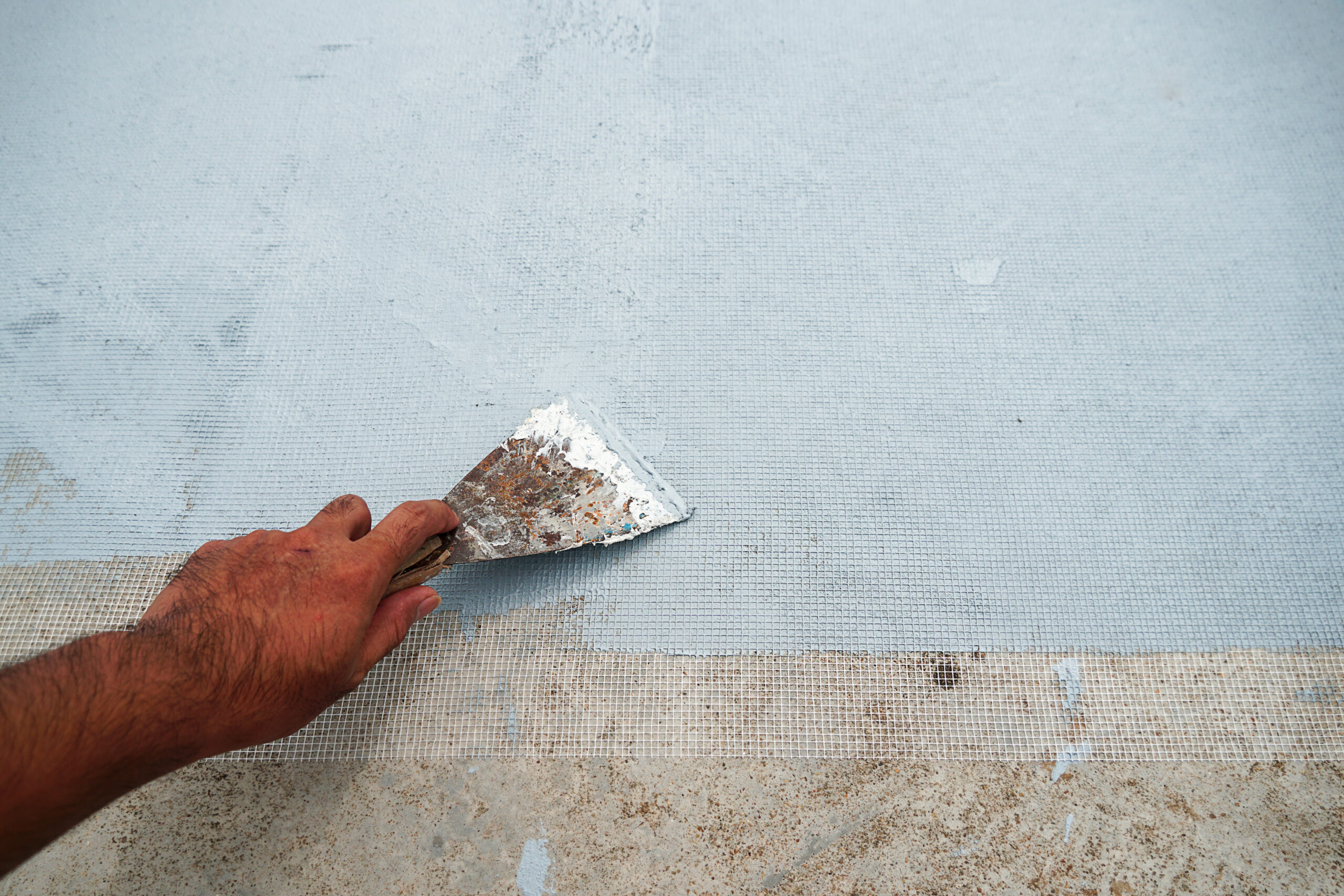Preventing the risk of damaging your property
When starting new construction or building new structures, Waterproofing can prevent seepage or other future problems. It is essential for the stability of the structure because if damaged, bringing it back to its original status is complicated. The seepage can lead to cracks on the roof, which can cause ceiling leakages in the long run, primarily due to accumulated damp spots during the rainy season. The leakage and moisture seeped into the structure can damage electrical appliances, wooden constructions, and inbuilt furniture. They can also weaken walls and can be a severe threat to the building’s structure and appearance, providing a place for molds and mildew to grow.
Health Risks
In a building that is not properly waterproofed, trapped moisture can become a ground for fungi, molds, and other bacteria. The growth of such microorganisms can become a health hazard to people residing in the building, leading to allergy reactions, asthma attacks, and other irritations or infections. In addition, stagnant water caused by sustained water leakage can breed mosquitoes and pose more serious health problems such as dengue fever.
Water Leakage Problems
When monsoon season occurs, homeowners find problems in their roofs when water starts leaking. This can be dangerous if you have elderly or young kids running around at home, as water puddles accumulated from the leaks may be slippery. And cause a huge mess. The constant dripping sound can also be annoying to the people living under the roof.
Preventing Additional Costs
It is wiser to invest in preventive risk measures rather than pay for damage repairs. Every structure needs regular maintenance to defend it from damage, and Waterproofing is an effective protective measure. Furthermore, restoring a building damaged by water can be very costly, especially for reinforced concrete buildings subjected to rust. Therefore, Waterproofing may be a more cost-effective option for a new structure in the long run.
The durability of the structure
Water breaks concrete down, and the structure looks bad while getting weaker. For example, surface damages can be seen on an old mortar or sidewalk where the concrete erodes, exposing base concrete and matrix materials. In extreme cases, water quickly destroys concrete, and it takes a few years for damages to start appearing. Typically, the underlying structure may also be damaged if you see a loss on the wall’s surface. Hence, if you want a concrete structure to maintain its strength and appearance, you must waterproof it. When you waterproof concrete members, you also protect the iron bar inside the concrete from eroding.

